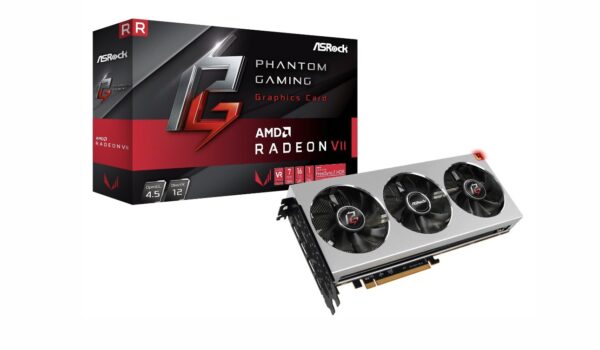In the realm of high-performance computing and gaming, Nvidia and AMD stand as two giants. Both these corporations specialize in crafting Graphics Processing Units (GPUs), which are instrumental in delivering parallel processing capabilities for a range of demanding applications. Notably, their foray into the gaming industry has marked a significant expansion of their influence.
Nvidia Corporation: A Technological Powerhouse
Nvidia, founded in 1993, operates globally as a technology company. It’s renowned for producing GPUs and system-on-a-chip (SoCs) units, particularly targeting the mobile computing market. The company’s flagship GPU product is the “GeForce” series. Additionally, Nvidia has ventured into the gaming industry with its handheld devices like the Shield Portable and Shield Tablet.
Quick Facts about Nvidia
- Foundation Year: 1993;
- Company Type: Public;
- Industries Involved: Semiconductors, Video Games, Consumer Electronics;
- Global Reach: Worldwide;
- Key Products: Graphics Processing Units, Chipsets, Video Game Handhelds;
- Website: [www.nvidia.com].
Advanced Micro Devices (AMD): A Multinational Semiconductor Leader
Founded on May 1, 1969, AMD is a multinational semiconductor company. It’s well-known for developing computer processors and technologies for both business and consumer markets. AMD’s portfolio includes microprocessors, motherboard chipsets, graphics processors, and more, aimed at servers, workstations, personal computers, and embedded system applications. AMD ranks as the second-largest supplier of x86 architecture microprocessors globally and is a major player in the graphics processor market.
Quick Facts about AMD
- Foundation Year: May 1, 1969;
- Company Type: Public;
- Industry: Semiconductors;
- Global Operations: Worldwide;
- Product Range: Microprocessors, Motherboard Chipsets, Graphics Processing Units, Random-access Memory, TV Tuner Cards;
- Website: [www.amd.com].
Comparative Analysis: Top 5 Graphics Cards from Nvidia and AMD
A detailed comparison of the top graphics cards from Nvidia and AMD reveals the strengths and features of each model. The lineup includes:
- AMD Radeon R9 290X;
- Nvidia GeForce GTX 780;
- Nvidia GeForce GTX 770;
- AMD Radeon R9 280X;
- AMD Radeon HD 7970.
The comparison covers various technical aspects like CPU type, CUDA cores or stream processors, core and memory clock speeds, memory bus width, bandwidth, capacity, power consumption during gaming, maximum single display resolution, PhysX capability, and support for DirectX and OpenGL.
This analysis not only highlights the technical prowess of each card but also underscores the competitive landscape between Nvidia and AMD in the GPU market.
Conclusion: Nvidia and AMD – Titans of the GPU Arena
Nvidia and AMD, as illustrated in this comparative analysis, are not just competitors but titans shaping the future of graphics processing technology. Their innovative GPUs have become fundamental in realms ranging from high-performance computing to immersive gaming experiences. Nvidia’s GeForce series and AMD’s Radeon line represent the pinnacle of their engineering excellence, each boasting unique strengths in processing power, memory capabilities, and energy efficiency.
The evolution of these GPUs signifies more than just technological advancement; it reflects a continuous race towards creating more realistic graphics, smoother gaming experiences, and efficient parallel computing solutions. Whether it’s Nvidia’s prowess in PhysX and CUDA cores or AMD’s strength in memory bandwidth and affordability, the offerings of both companies cater to a diverse range of needs and preferences in the market.
In summary, the relentless innovation from Nvidia and AMD not only fuels the gaming industry but also propels the broader field of computing towards new horizons, marking an exciting era in the world of technology.
